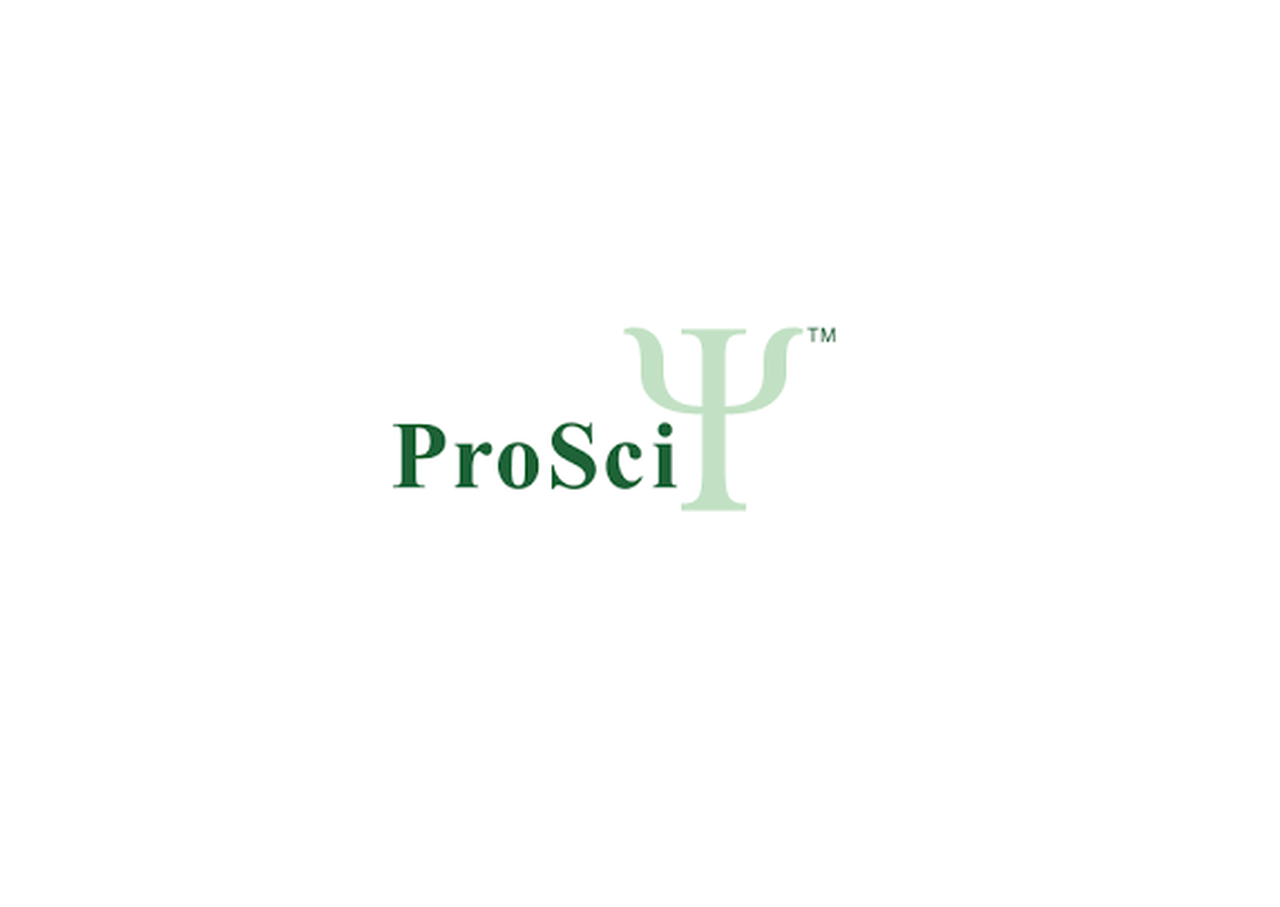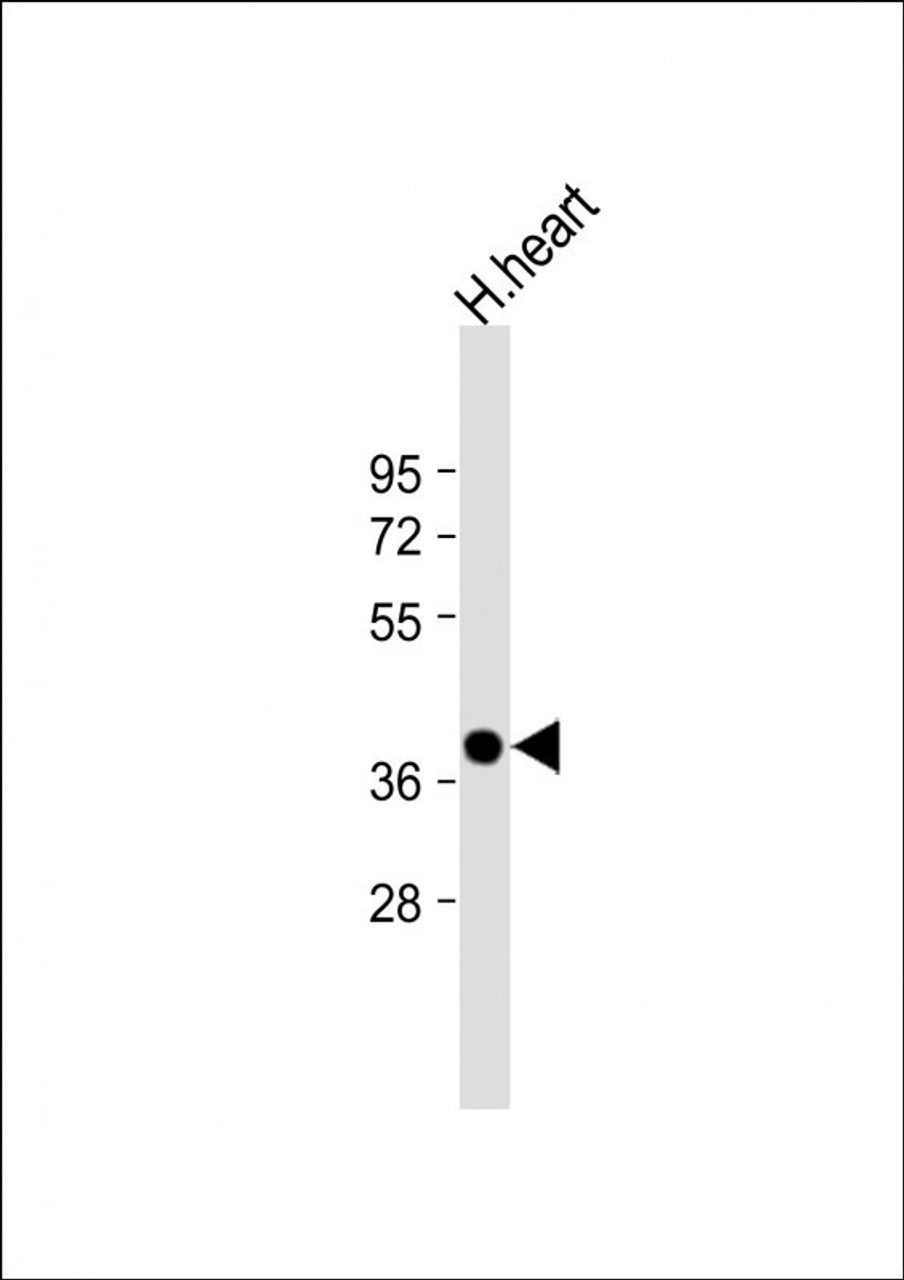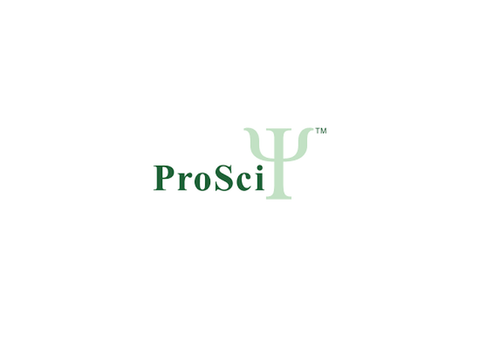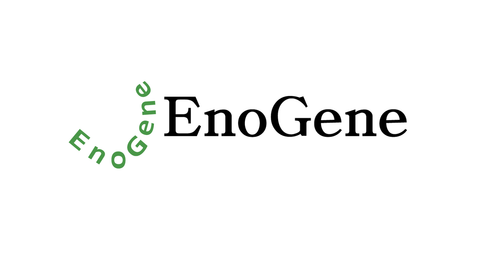Product Description
NMNAT1 Antibody | 61-159 | ProSci
Host: Rabbit
Reactivity: Human
Homology: Predicted species reactivity based on immunogen sequence: Bovine, Mouse
Immunogen: This NMNAT1 antibody is generated from a rabbit immunized with a KLH conjugated synthetic peptide between 200-232 amino acids from human NMNAT1.
Research Area: Obesity, Neuroscience, Signal Transduction
Tested Application: WB
Application: For WB starting dilution is: 1:2000
Specificiy: N/A
Positive Control 1: N/A
Positive Control 2: N/A
Positive Control 3: N/A
Positive Control 4: N/A
Positive Control 5: N/A
Positive Control 6: N/A
Molecular Weight: 32 kDa
Validation: N/A
Isoform: N/A
Purification: This antibody is purified through a protein A column, followed by peptide affinity purification.
Clonality: polyclonal
Clone: N/A
Isotype: Rabbit Ig
Conjugate: Unconjugated
Physical State: Liquid
Buffer: Supplied in PBS with 0.09% (W/V) sodium azide.
Concentration: batch dependent
Storage Condition: Store at 4˚C for three months and -20˚C, stable for up to one year. As with all antibodies care should be taken to avoid repeated freeze thaw cycles. Antibodies should not be exposed to prolonged high temperatures.
Alternate Name: Nicotinamide mononucleotide adenylyltransferase 1, NMN adenylyltransferase 1, 2.7.7.1, Nicotinate-nucleotide adenylyltransferase 1, NaMN adenylyltransferase 1, 2.7.7.18, NMNAT1, NMNAT
User Note: Optimal dilutions for each application to be determined by the researcher.
BACKGROUND: Catalyzes the formation of NAD (+) from nicotinamide mononucleotide (NMN) and ATP. Can also use the deamidated form; nicotinic acid mononucleotide (NaMN) as substrate with the same efficiency. Can use triazofurin monophosphate (TrMP) as substrate. Also catalyzes the reverse reaction, i.e. the pyrophosphorolytic cleavage of NAD (+) . For the pyrophosphorolytic activity, prefers NAD (+) and NAAD as substrates and degrades NADH, nicotinic acid adenine dinucleotide phosphate (NHD) and nicotinamide guanine dinucleotide (NGD) less effectively. Fails to cleave phosphorylated dinucleotides NADP (+) , NADPH and NAADP (+) . Protects against axonal degeneration following mechanical or toxic insults.
 Euro
Euro
 USD
USD
 British Pound
British Pound
 NULL
NULL












